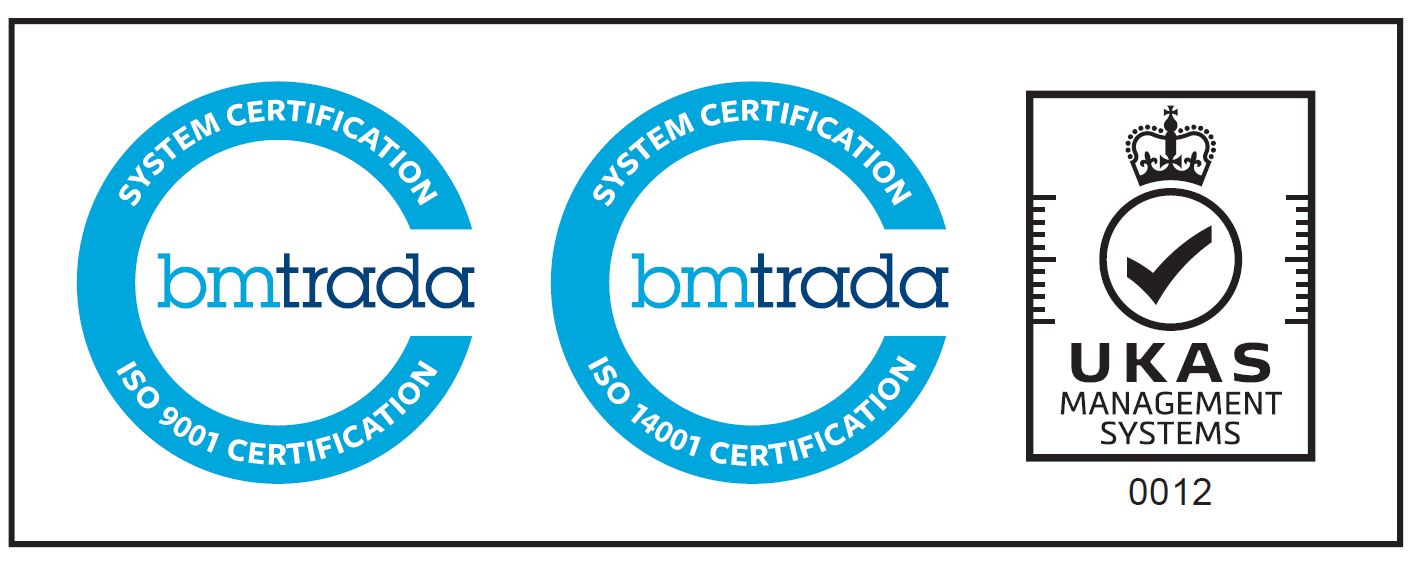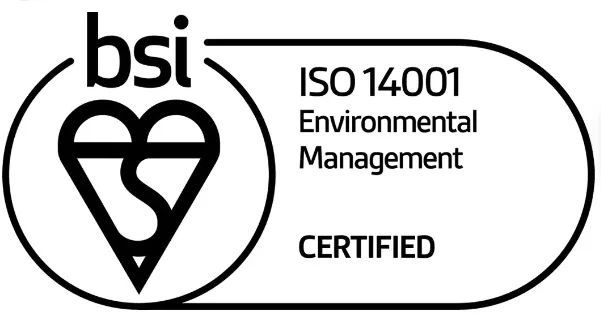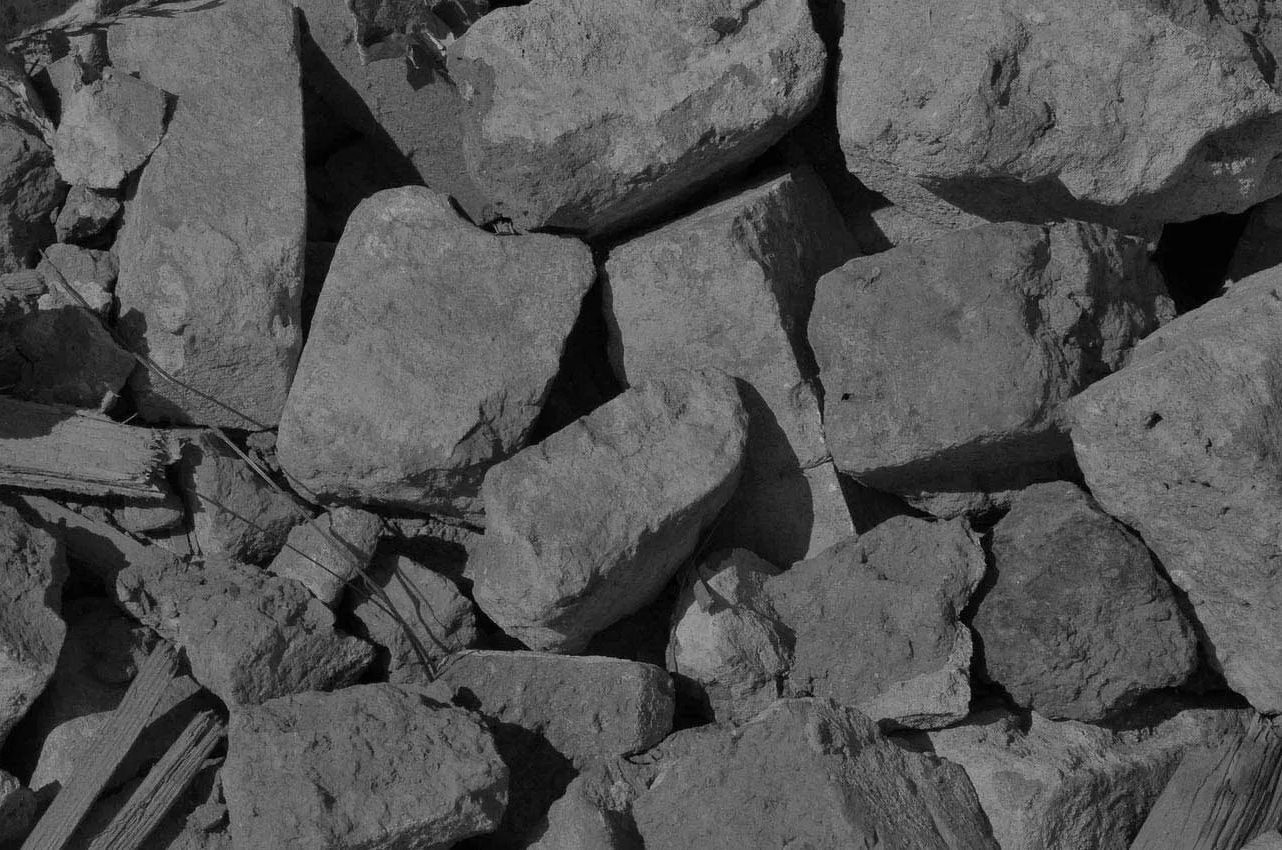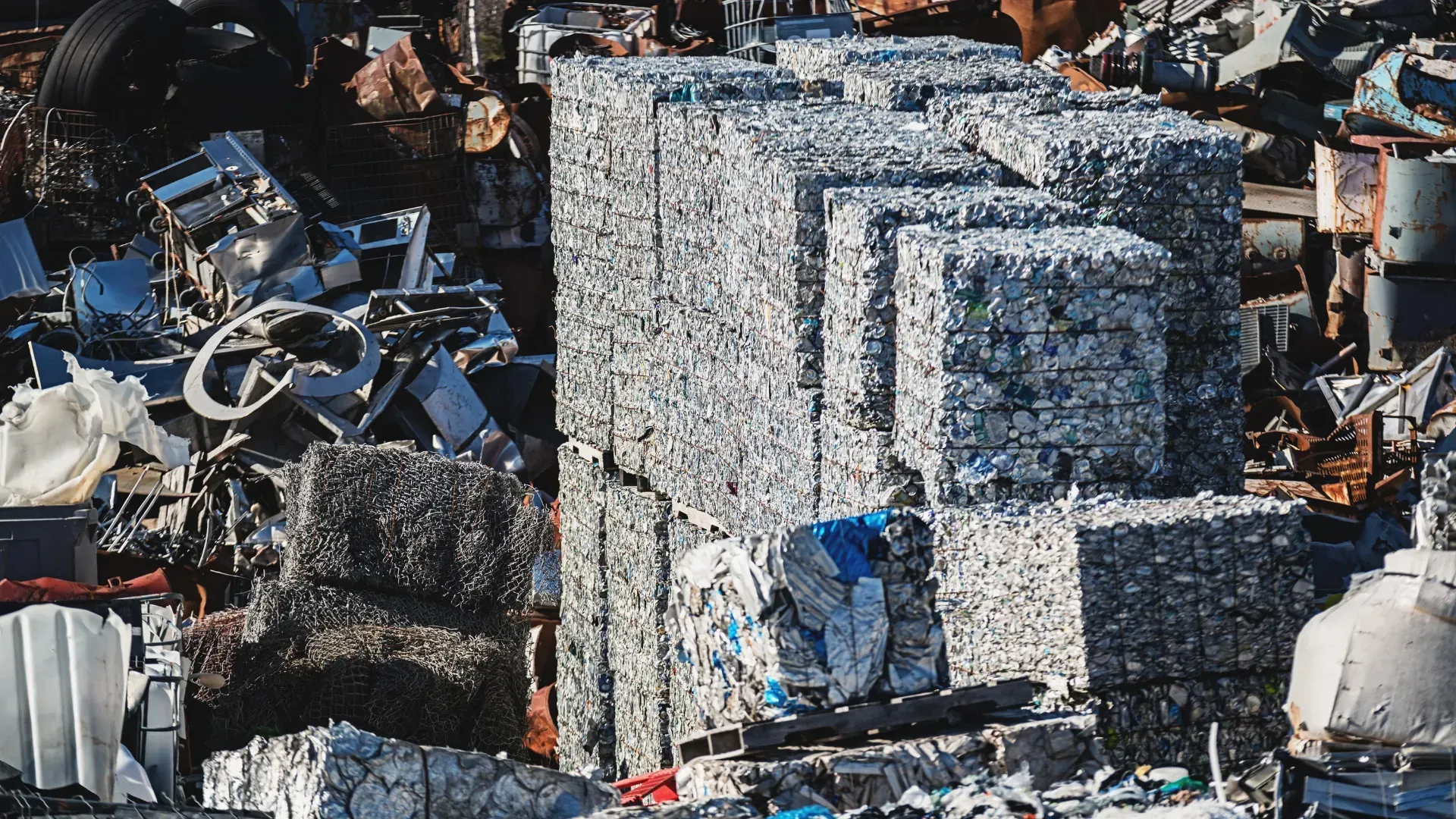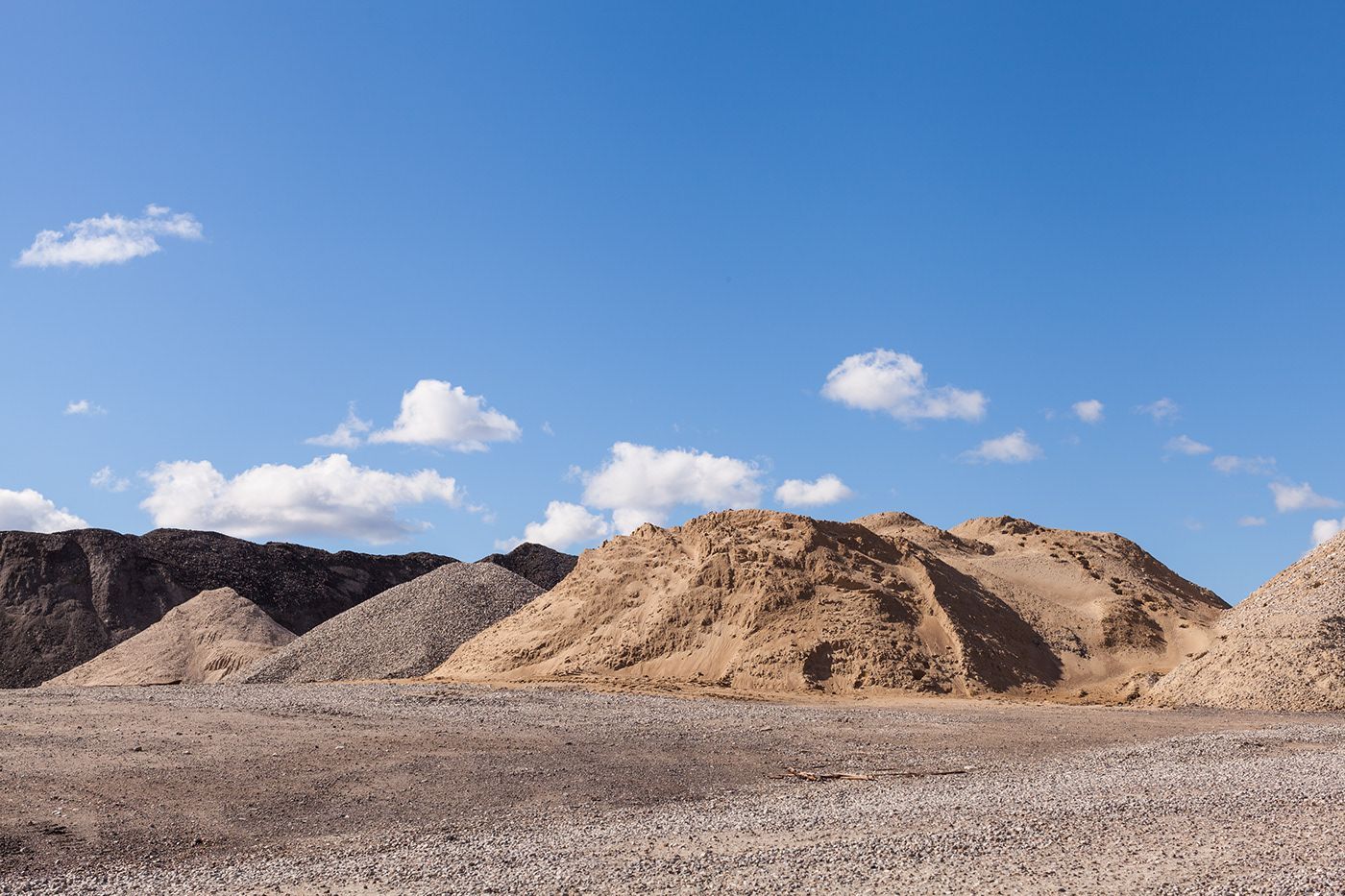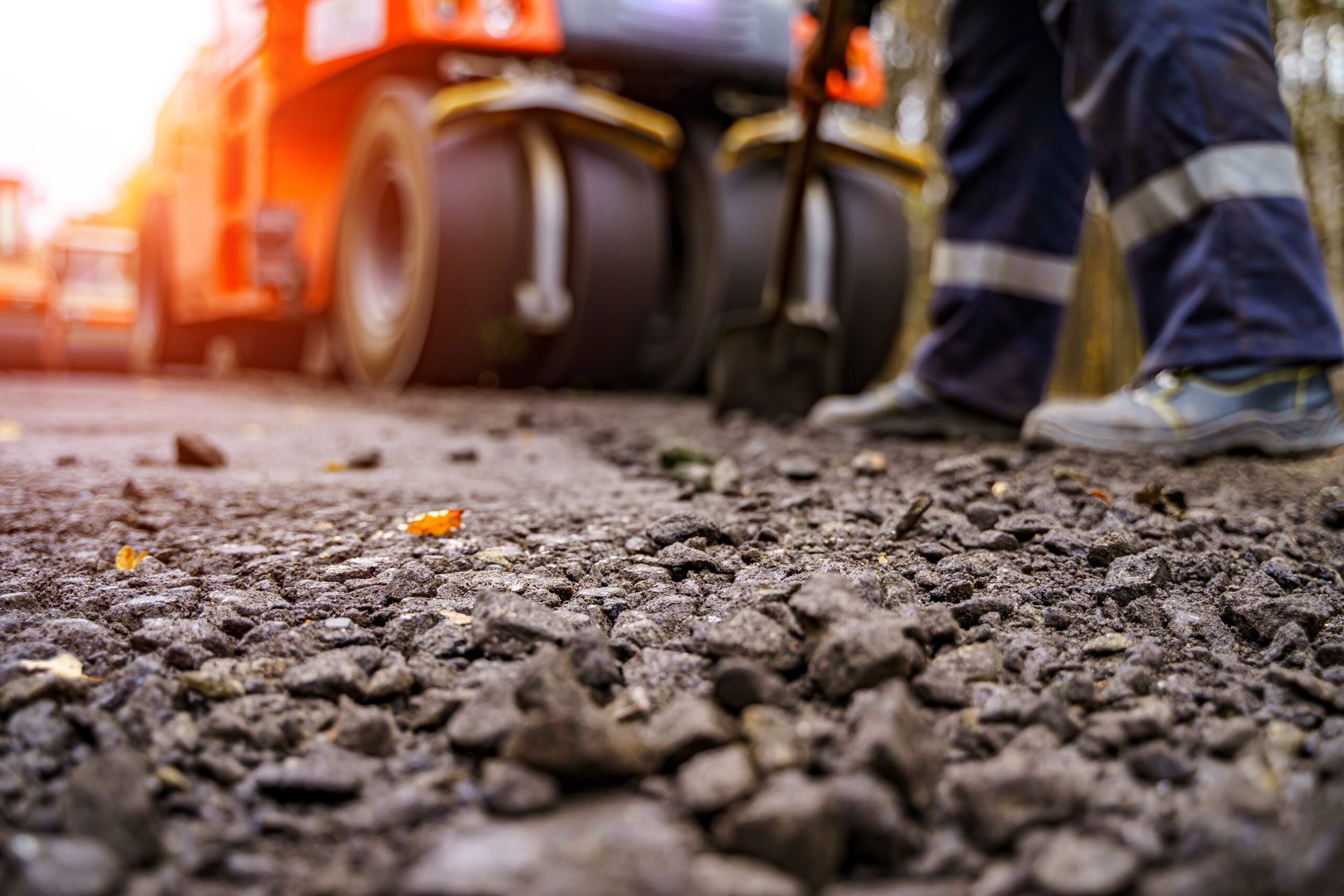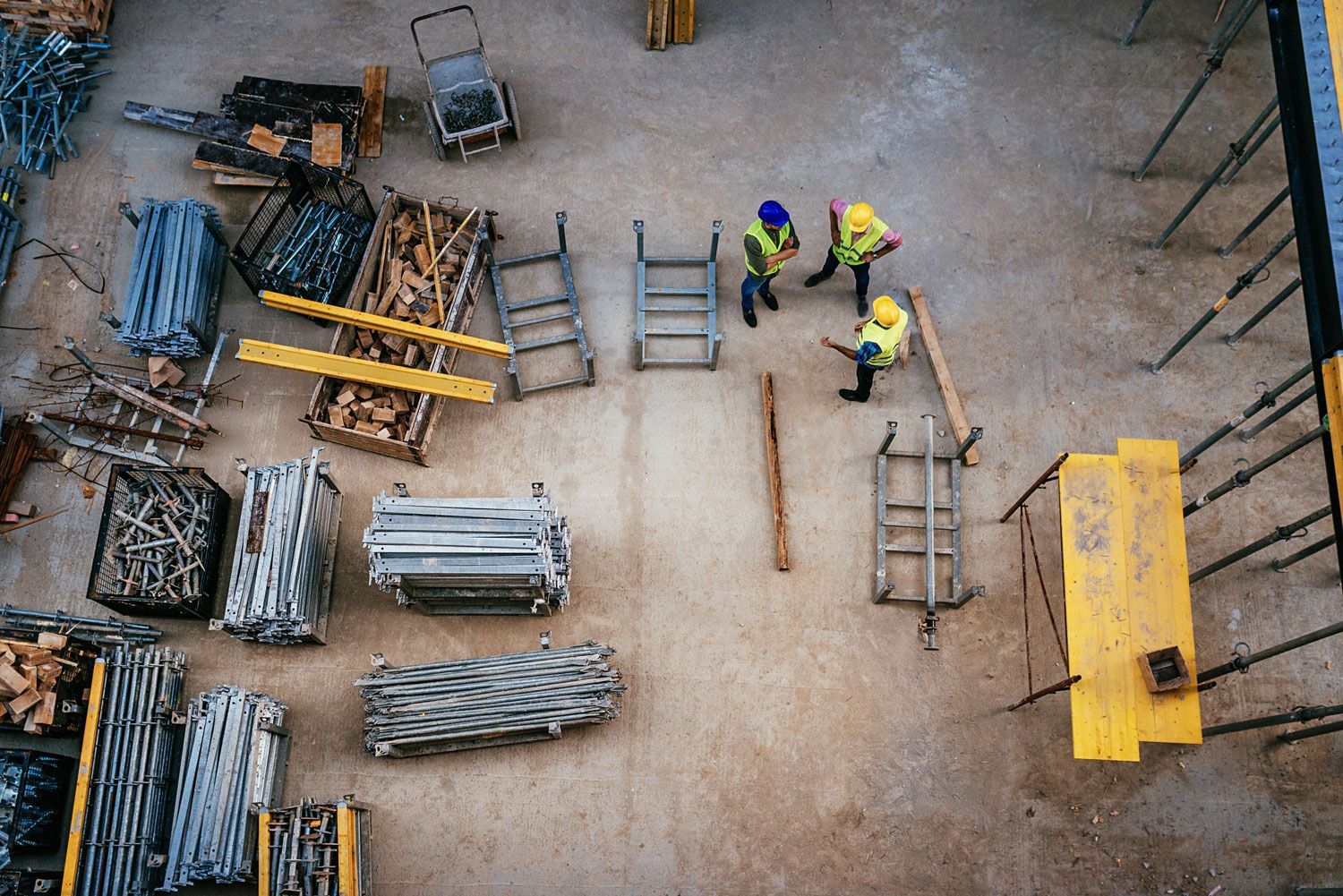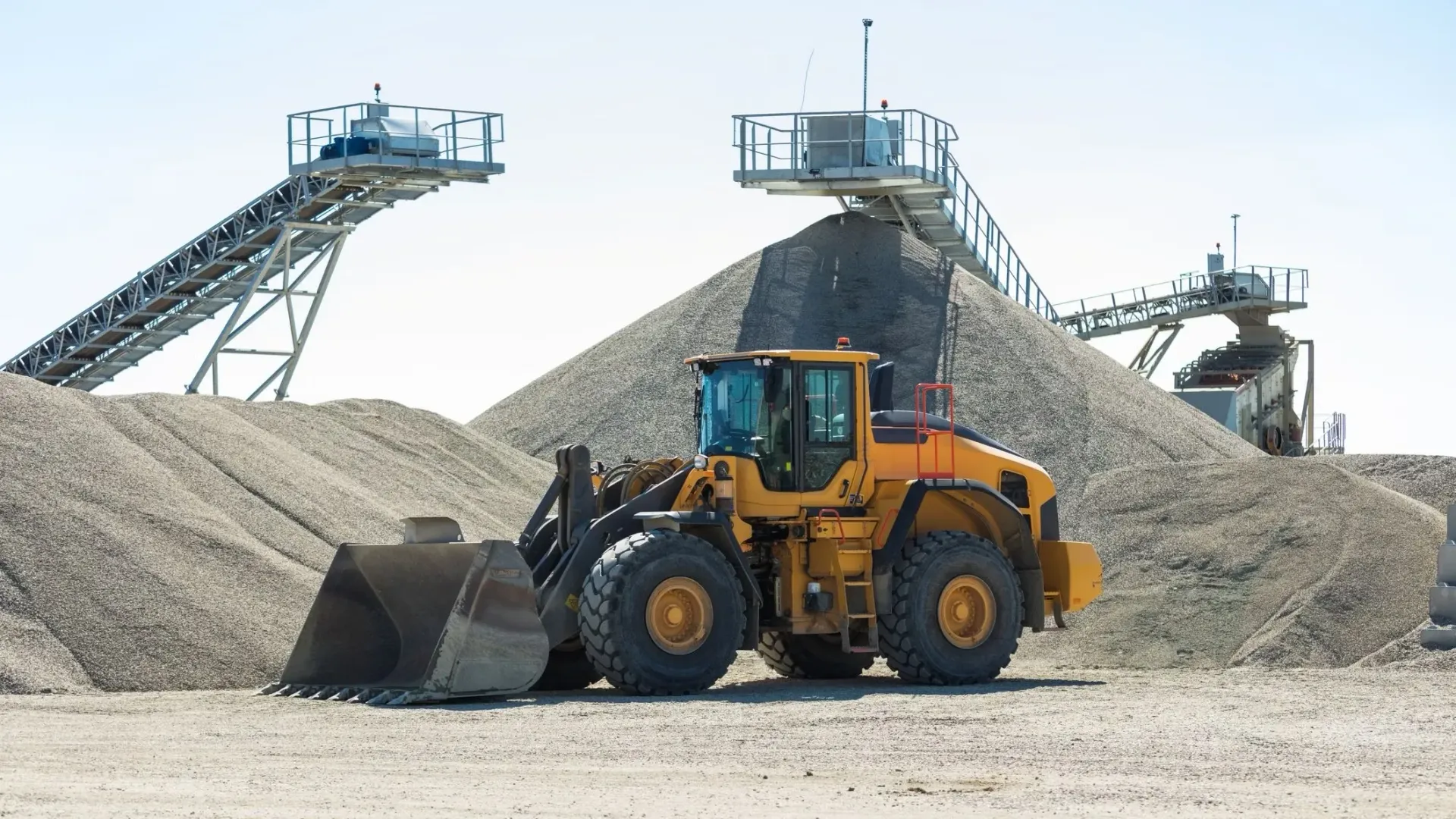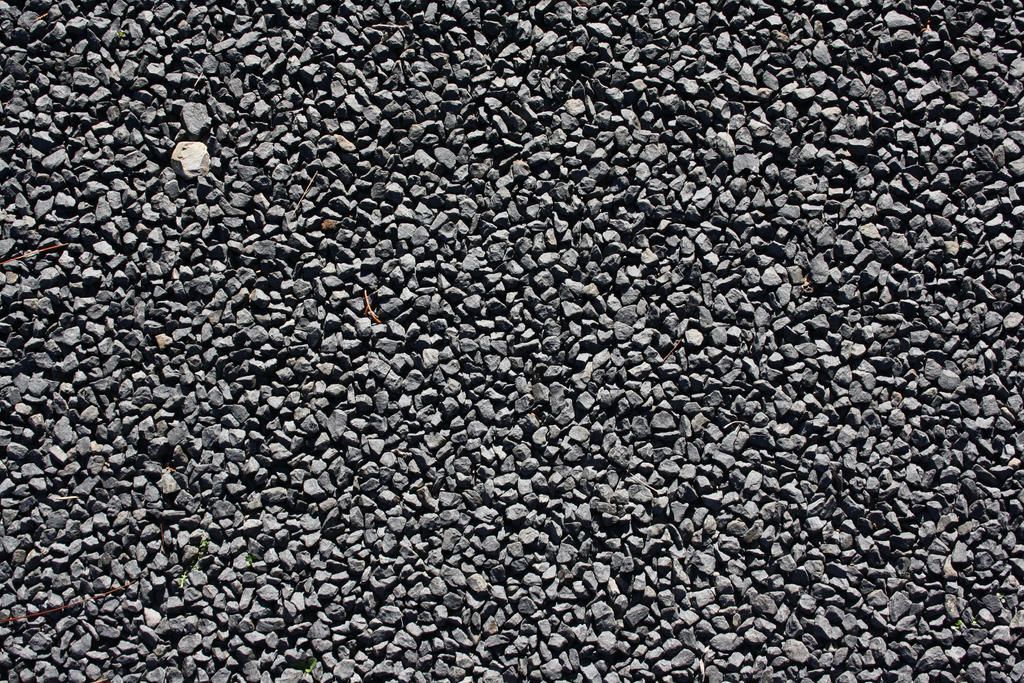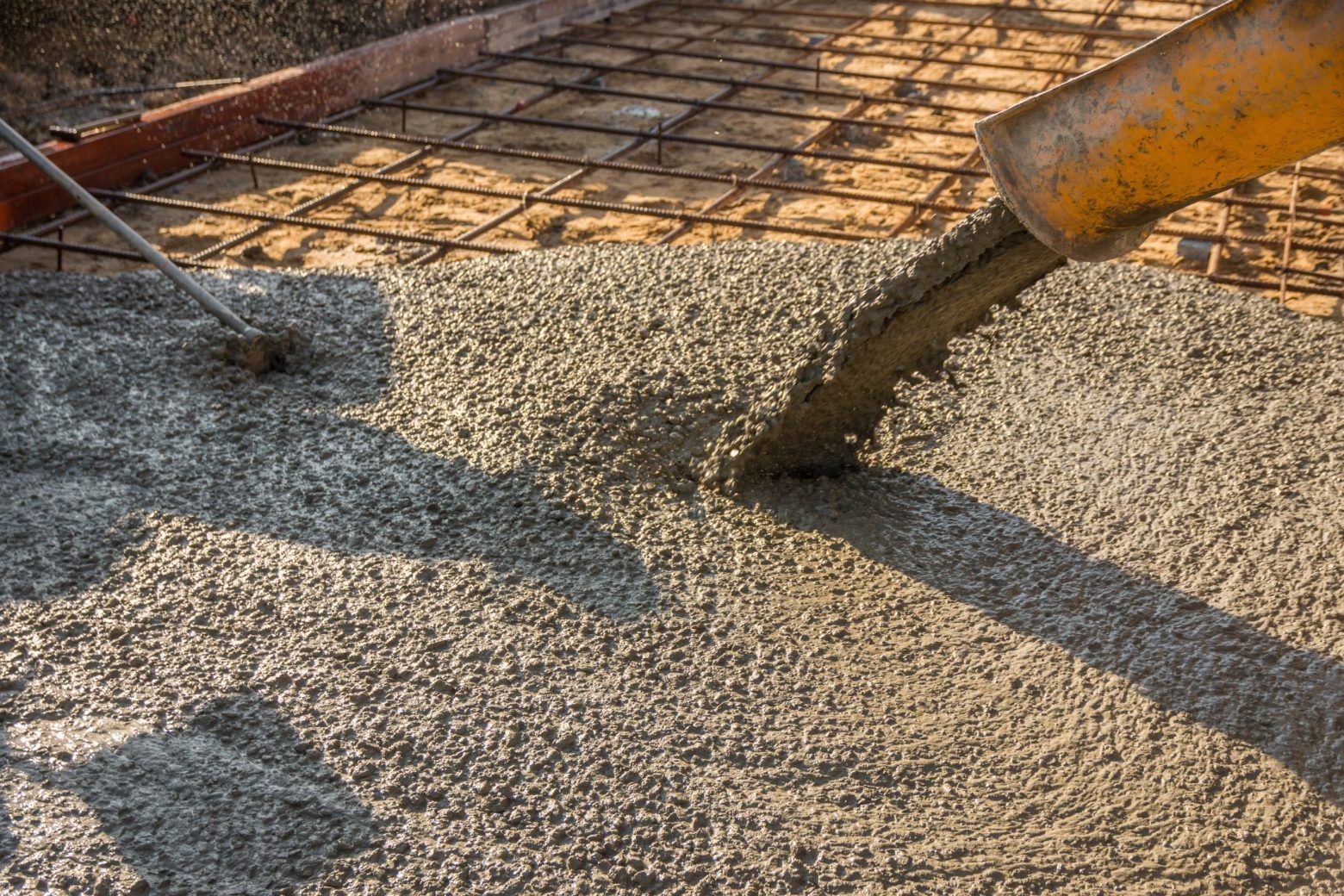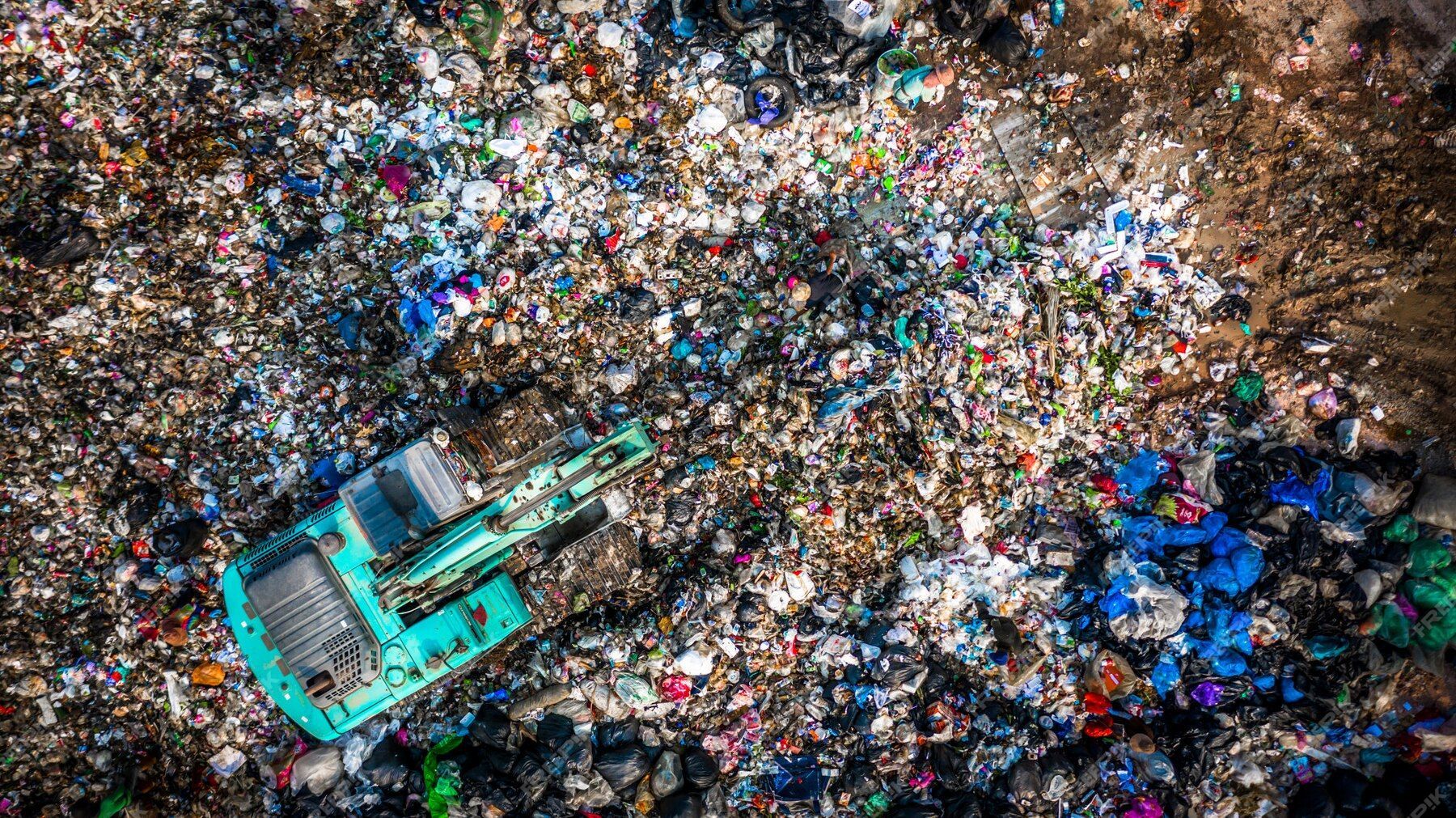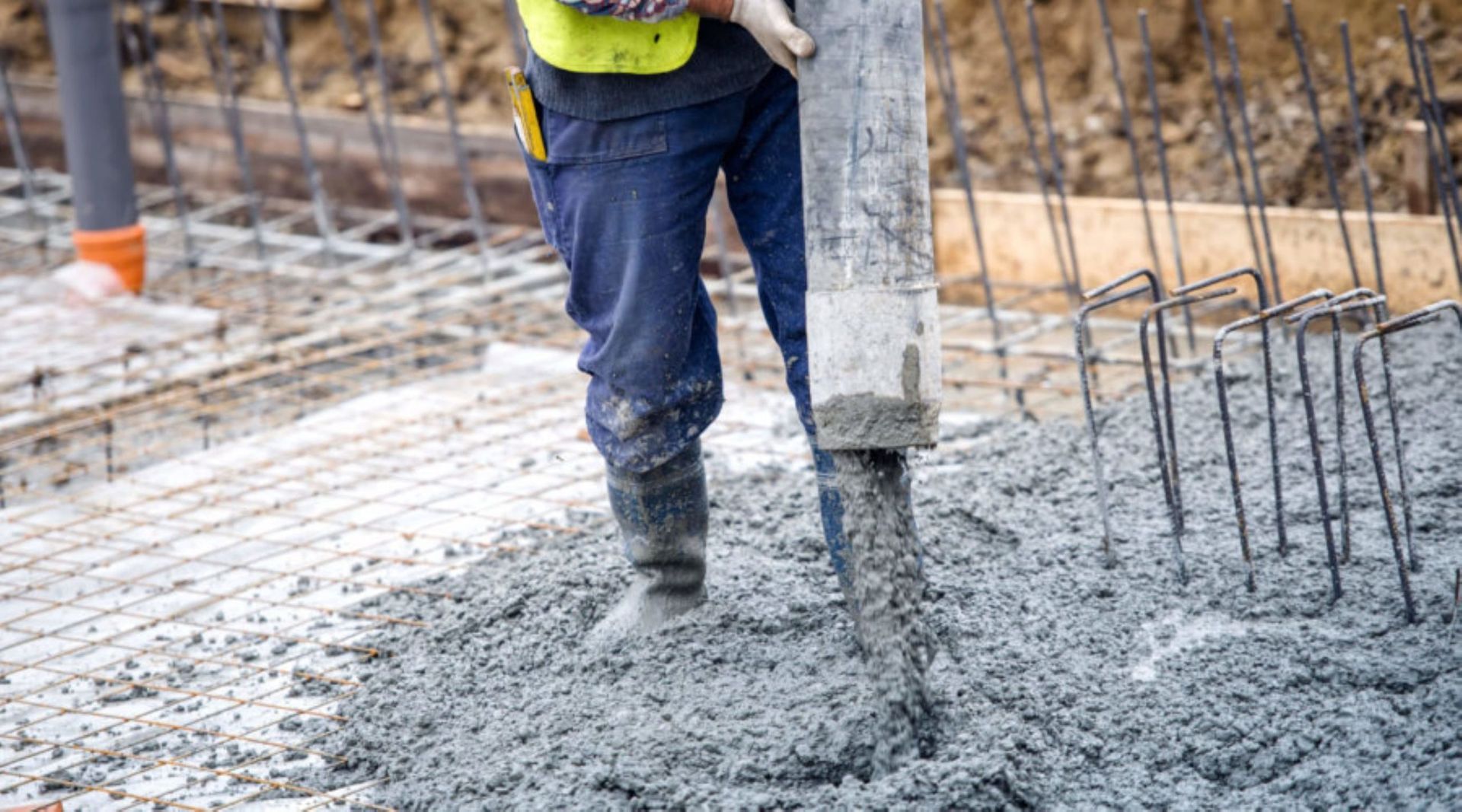10 Easy Ways to Reduce Landfill Site Waste
As widespread climate activism and awareness has dominated social dialogue in recent years, it’s important to be mindful of what we can do as groups and individuals to minimise harm inflicted on the planet. One way to do this is to reduce the amount of solid waste that ends up in landfill.
What’s harmful about landfill site waste?
Landfill sites, often created from a void made from quarrying, are commonplace around both the UK and the world. It’s universally agreed that they are incredibly bad for the environment, serving as a major source of pollution and causing a range of ecological hazards.
These are just some of the negative effects that landfill sites cause on the planet:
- Rotting rubbish in the ground generates greenhouse gases, including high levels of methane gas and carbon dioxide. This is a leading contributor to global warming.
- Toxic substances end up in landfills, creating a huge environmental hazard. These can include arsenic, mercury, PVC, acids, lead, and home-cleaning chemicals. Our waterways can become contaminated as a result of this.
- The gases, particularly combustible ones like methane, created in landfill sites cause a substantial fire risk. These fires are often fought with a fire-retardant foam which further contributes to the overall chemical footprint of the landfill site.
- At landfill sites, waste is buried underground with very limited oxygen, slowing down the decomposition process. This means the areas will remain hazardous and require monitoring for the foreseeable future due to the consistent dangerous gases released and the subsequent potential for environmental disaster.
Despite these negative impacts, the fact remains that landfill sites are an integral part of waste management systems. They are necessary to dispose of non-recyclable waste safely, and as consumerism booms, they’re not going away anytime soon.
There are, however, certain things we can do to send less waste to landfill sites.
How can we reduce landfill site waste?
Sell or donate your clothes
Unwanted clothing items are one of the largest contributors to landfills. With the acceleration of the fast fashion industry, clothes are often treated as seemingly disposable. Most clothes are not biodegradable and emit both carbon dioxide (CO2) and Methane gas (CH4) while decomposing - this emits more CO2 emissions than electricity generated by burning coal.
As consumers, we have a substantial responsibility to reduce how many clothes we throw away. There are numerous alternatives to sending clothes to landfill:
- Sell or swap your clothes on sites such as Vinted and Depop.
- Donate your clothes to charity shops and local charities.
- Refashion your old clothes into new ones - get creative and rework materials into staple pieces.
Changing your buying habits can also reduce the harmful effects of landfill sites:
- Buy second-hand items and also invest in well-made clothing that will last.
- Consider the material you choose - fast fashion items are often non-decomposable. Select sustainable clothes that contain biodegradable materials.
- Grow comfortable with reusing your clothes - there’s nothing wrong with wearing an outfit more than once.
Limit food waste
Reducing food waste is another important factor in minimising landfill waste. Excessive food waste is problematic for a number of reasons - not only is it the third highest emitter of greenhouse gases in the world but when considering the amount of people suffering from food poverty, it also raises moral questions.
Here are several things you can do to reduce food waste:
- Create weekly meal plans. This means you are less likely to buy unnecessary food and so less will be thrown away.
- Make the most of your leftovers. Freeze them or have them for lunch tomorrow, the choice is yours.
- Store food properly. Make sure fruit and sauces are properly refrigerated and remember to freeze things to prevent them from going off.
- Take ‘best by’ dates with a pinch of salt. The dates given can be misleading - food life often lasts longer than the writing on the packet.
- Don’t be intimidated by ugly food. Misshapen fruit and veg usually has no bearing on the actual taste.
- Compost efficiently. Dispose of vegetable peels in a composting container in your backyard rather than throwing them in the bin.
Buy things with less packaging
It’s good to avoid plastic packaging at all costs. Plastic bags can take from 500 years to forever to decompose. You could buy food in bulk and also purchase products that come in sustainable and recyclable packaging. This reduces the amount of waste that will be sent to landfill.
Recycle
Perhaps one of the most obvious methods to limit landfill waste, recycling appropriate materials is key to reducing greenhouse gas emissions and promoting sustainability. By conserving energy, reducing air and water pollution and conserving natural resources, recycling has several environmental benefits. Home recycling is easy - all you need to do is ensure you have the correct bins, boxes and bags.
Here are ten items you might not realise you can recycle:
- Hangers
- Batteries
- Fluorescent light bulbs
- Phones
- Computer parts
- Bubble wrap
- Disposable drink cartons
- Inhalers
- Toothbrushes
- Soft plastic
Buy fewer things
A basic way to reduce landfill waste is to simply buy less. This can be more difficult than it sounds - changing your shopping habits can take a while to adjust to. However, there are certain thought processes that can help you shift into a more sustainable mentality:
- Be conscious of everything you bring into your home.
- Become aware of your true taste - do you really like something or are you just following a trend?
- Consider buying things you need rather than things you want.
- When it comes to spending money on gifts, be cautious. Will your present stand the physical and emotional test of time?
- Get used to bringing lists out shopping with you to reduce impulsive buying.
- Invest in higher quality products - or if this isn’t financially feasible, look in charity shops and second-hand stores.
- Take care of your belongings - try to avoid being careless with your possessions and make sure you are looking after them properly.
Use recyclable cutlery and straws
The environmental implication of using plastic straws has been well reported on in recent years, causing restaurants and cafes to cut use down globally. The non-biodegradability of plastic means that straws are unable to decompose when they go to landfill. Instead, they break down into microplastics. This has devastating ecological effects, particularly on marine life like seabirds and turtles. Using reusable straws and other cutlery is a good way to counter this.
Boycott plastic water bottles
Similarly to straws, single-use plastic water bottles are highly damaging to the environment. Around one million plastic bottles are sold every minute - due to their convenience, many people neglect to consider how their overconsumption of bottles harms the planet. Consider investing in a reusable bottle - brands such as Chilly’s offer a range of designs and promote sustainable products.
Change your cleaning habits
Throwing away toxic cleaning products like bleach takes a considerable toll on the environment. The chemicals they contain cause widespread pollution of rivers, streams and seas, affecting plant growth and animal life. Switching to organic solutions like baking soda and vinegar helps reduce the harmful effects of bottled cleaning substances.
Use a sustainable landfill company
While the concept of an eco-friendly landfill site may seem contradictory, some companies use sustainable methods to ensure negative impacts on the planet are reduced. Here at WM Thompson & Sons, we make sure our services minimise environmental damage. Our professional waste removal and recycling service separate recyclable materials at our recycling centre in Dumbarton to reduce the amount of unnecessary waste that ends up in landfill. Our landfill site is S.E.P.A. (Scottish Environmental Protection Agency) licensed and we ensure our facilities are compliant with the UK Pollution Prevention and Control Regulations, 2012.
Recycle construction materials
Materials such as crushed concrete, asphalt products, gravel, and stone products can all be reused in the construction of roads, paths, car parks, public spaces, and more. This makes reusing them essential. At WM Thompson & Sons, we use recycled aggregates to avoid unnecessary landfill waste.
Finding your sustainable landfill company
While landfill sites have an environmental cost, implementing sustainable practices can help reduce this damage. At WM Thompson & Sons, we’re committed to ensuring we take an environmentally conscious approach when tackling our professional waste removal work.
Contact us to find out about the services we provide and what we’re doing to help minimise climate change.
